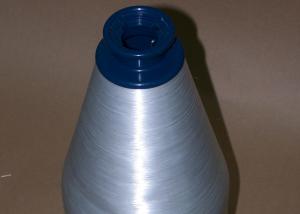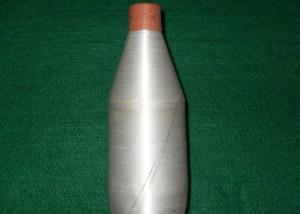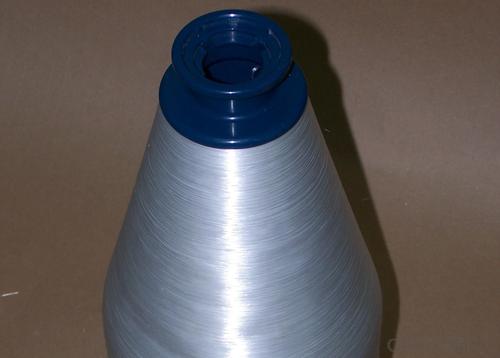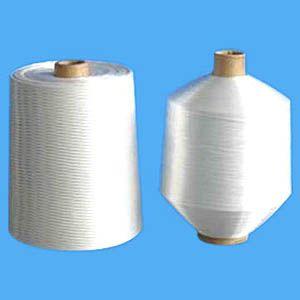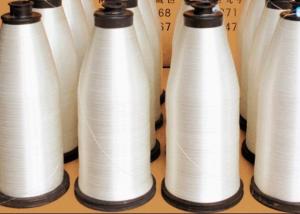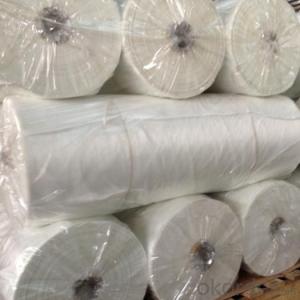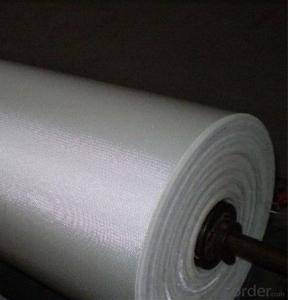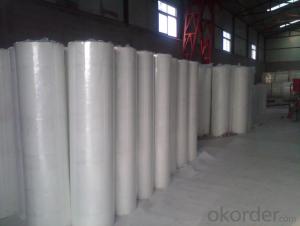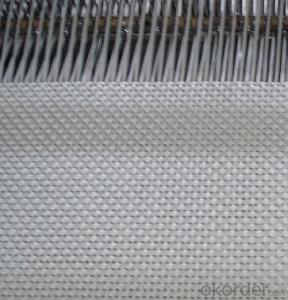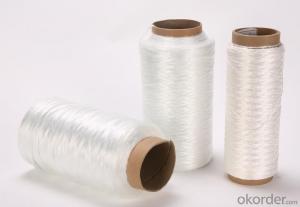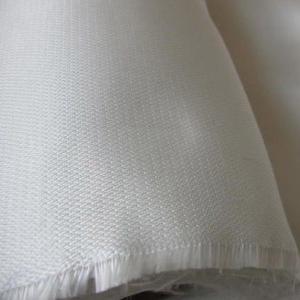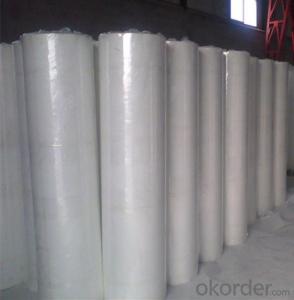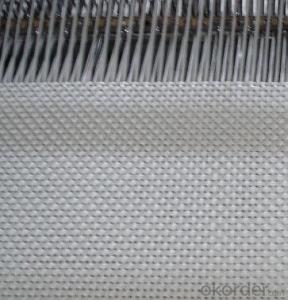Fiberglass Yarn EC9-34*1*2
- Loading Port:
- China Main Port
- Payment Terms:
- TT or L/C
- Min Order Qty:
- 1Ton kg
- Supply Capability:
- 100000Kg/Month kg/month
OKorder Service Pledge
OKorder Financial Service
You Might Also Like
Packaging & Delivery of Fiberglass Yarn EC9-34*1*2
Packaging Detail: | Bigger paper bobbin: 0.8kg per bobbin, 24 bobbins per carton. Smaller paper bobbin: 300 grams per bobbin, 66 bobbins per cartion. Plastic bobbin: 4kg per bobbin, 6 bobbins per smaller carton; 147 bobbins per bigger carton. |
Delivery Detail: | wihin15 days after confirmed order |
Specifications of Fiberglass Yarn EC9-34*1*2
Glass fiber filament yarn
corrosion resistant, heat resistance
little moisture absorption
low thermal conductivity
Technical data of Fiberglass Yarn EC9-34*1*2
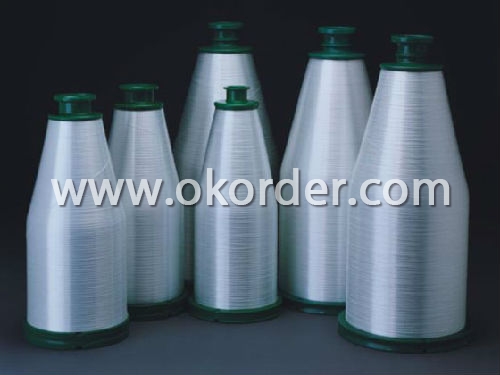

- Q: Is fiberglass yarn suitable for use in automotive body panels?
- Yes, fiberglass yarn is suitable for use in automotive body panels. Fiberglass yarn is known for its strength, durability, and resistance to corrosion, making it an ideal material for automotive applications. It offers excellent impact resistance, which is crucial for body panels that need to withstand potential collisions. Additionally, fiberglass yarn is lightweight, which helps improve fuel efficiency and overall vehicle performance. Its flexibility allows for complex shapes and designs, providing automotive manufacturers with more design options. Moreover, fiberglass yarn is cost-effective compared to other materials, making it a popular choice for automotive body panels. Overall, fiberglass yarn is a suitable and widely used material in the automotive industry for its strength, durability, flexibility, and cost-effectiveness.
- Q: Is fiberglass yarn resistant to fire or flames?
- Fiberglass yarn exhibits remarkable resistance to fire or flames. Its composition, primarily silica, an inorganic substance, renders it non-combustible. With a high melting point and an inability to support combustion, fiberglass yarn proves to be an ideal option for scenarios requiring fire resistance. Moreover, it finds extensive use in the creation of fire-resistant fabrics and insulation materials, as it can endure high temperatures without ignition or emission of toxic fumes. In conclusion, fiberglass yarn boasts outstanding fire resistance attributes, establishing it as a dependable material for diverse fire safety applications.
- Q: How does fiberglass yarn perform in terms of heat resistance?
- Fiberglass yarn performs exceptionally well in terms of heat resistance. It can withstand high temperatures without melting or deforming, making it an ideal material for applications where heat insulation and protection are crucial.
- Q: Is fiberglass yarn suitable for making boat hulls or decks?
- Fiberglass yarn finds frequent application in the construction of boat hulls and decks, a widely recognized fact. It is produced by weaving together fine strands of glass fibers, resulting in a robust and long-lasting material. Esteemed for its remarkable strength-to-weight ratio, exceptional resistance to corrosion, and capacity to endure harsh marine conditions, fiberglass yarn has become renowned. Boats crafted from this material offer numerous benefits, such as stability, buoyancy, and durability. Moreover, its malleability permits effortless customization, enabling the creation of boats in diverse shapes and designs.
- Q: Is fiberglass yarn suitable for making outdoor furniture covers?
- Fiberglass yarn is indeed a suitable option for crafting outdoor furniture covers. This material, known for its durability and resilience, can effectively endure various outdoor elements like sunlight, rain, and temperature fluctuations. It also possesses resistance against mold, mildew, and pests, rendering it an exceptional choice for covers that must withstand these challenges. Furthermore, fiberglass yarn is lightweight and effortless to manipulate, making it an ideal material for crafting removable covers that can be conveniently stored when not in use. All in all, fiberglass yarn proves to be a practical and dependable alternative for manufacturing outdoor furniture covers that offer enduring protection for your cherished pieces.
- Q: Is fiberglass yarn resistant to pests or insects?
- Indeed, pests and insects are highly thwarted by fiberglass yarn due to its remarkable resistance. This material is crafted from spun glass fibers that create an inhospitable habitat for these unwanted creatures. Insects find fiberglass yarn unappealing because it lacks the organic matter they usually rely on for sustenance. Furthermore, the sleek and slick surface of the fiberglass yarn poses a challenge for pests attempting to crawl or burrow into it. Consequently, fiberglass yarn emerges as an outstanding option for endeavors requiring pest and insect resilience, such as the fabrication of screens, insulation, and textiles.
- Q: Is fiberglass yarn suitable for automotive applications?
- Yes, fiberglass yarn is suitable for automotive applications. It is commonly used in the automotive industry for its high strength, heat resistance, and durability. It is used in various automotive components like insulation, reinforcements, and composites, providing improved performance and safety.
- Q: What is the lifespan of fiberglass yarn?
- The lifespan of fiberglass yarn can vary depending on various factors such as the quality of the yarn, its exposure to environmental conditions, and how it is used. However, on average, fiberglass yarn is known for its durability and can have a lifespan of several decades when properly maintained.
- Q: What industries commonly use fiberglass yarn?
- Some industries that commonly use fiberglass yarn include automotive, aerospace, construction, marine, and electrical.
- Q: Can fiberglass yarn be used for making clothing?
- Clothing can indeed be made using fiberglass yarn. Although not a commonly used material for clothing, fiberglass yarn possesses unique properties that make it appropriate for specific purposes. Fiberglass is renowned for its robustness, endurance, and ability to withstand high temperatures, chemicals, and fire. These qualities render it perfect for protective clothing utilized in industries like firefighting or welding, where safety is of utmost importance. Furthermore, blending fiberglass yarn with other fabrics can enhance their strength and durability, thus making it suitable for sportswear or outdoor apparel. However, it is crucial to mention that fiberglass yarn can feel rough and uncomfortable against the skin, which is why it is generally utilized as a reinforcing material rather than the primary fabric.
1. Manufacturer Overview
| Location | Shandong, China |
| Year Established | 2008 |
| Annual Output Value | US$ 5 Million - US$ 10 Million |
| Main Markets | North America, Eastern Europe, Southeast Asia, Mid East, Eastern Asia |
| Company Certifications |
2. Manufacturer Certificates
| a) Certification Name | |
| Range | |
| Reference | |
| Validity Period |
3. Manufacturer Capability
| a) Trade Capacity | |
| Nearest Port | Qingdao |
| Export Percentage | 41%-50% |
| No.of Employees in Trade Department | 3-5 People |
| Language Spoken: | English, Chinese |
| b) Factory Information | |
| Factory Size: | 10400 square meters |
| No. of Production Lines | Above 10 |
| Contract Manufacturing | Design Service Offered Buyer Label Offered |
| Product Price Range | Average |
Send your message to us
Fiberglass Yarn EC9-34*1*2
- Loading Port:
- China Main Port
- Payment Terms:
- TT or L/C
- Min Order Qty:
- 1Ton kg
- Supply Capability:
- 100000Kg/Month kg/month
OKorder Service Pledge
OKorder Financial Service
Similar products
Hot products
Hot Searches
Related keywords
